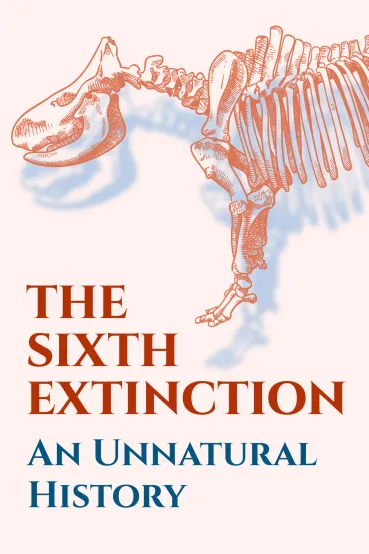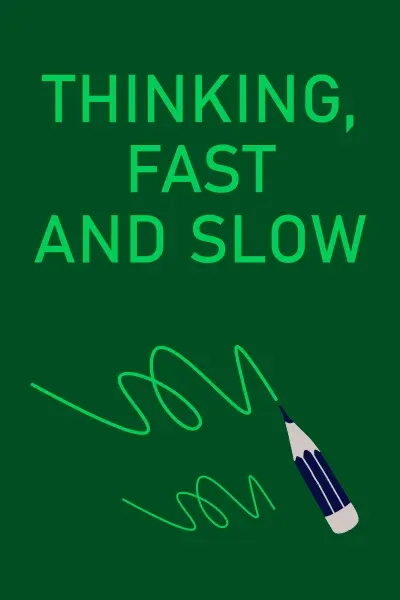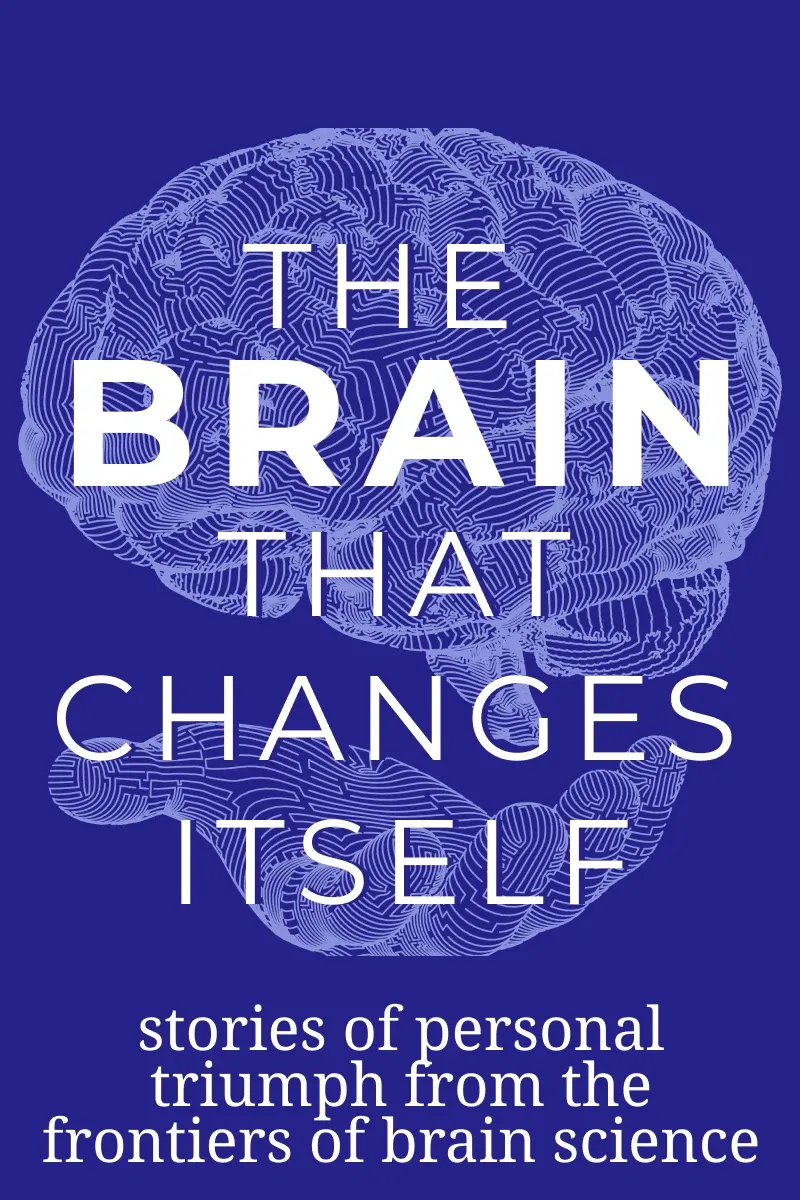
The Sixth Extinction
Brief Summary
We all realize that our planet is suffering from substantial environmental problems. But somehow, this awareness doesn't lead to great results: animals continue to die out, and companies continue to pollute the air and oceans. If the topic of extinction is also on your mind, “The Sixth Extinction” by Elizabeth Kolbert can provide many unexpected details about the human impact on the world.
Topics
Key points
Key idea 1 of 7
Researchers and naturalists had a rather vague understanding of the characteristics of living organisms before the 18th century. They considered the animals and other living things they knew to be the only ones that existed. But later, they began to find the bones of creatures unknown before, such as mastodons and mammoths, and scientists wondered about the nature of their disappearance.
There were even suggestions of entire hidden worlds of bizarre creatures that had disappeared due to catastrophes. Meanwhile, the others considered rudimentary animals to vanish gradually and imperceptibly as part of the evolutionary process. But everything changed after the finding of the asteroid strike location on the Yucatán Peninsula, and the concept of sudden death gained a new wave of publicity. Currently, scientists admit to a diversity of causes of extinction and have emphasized five major extinctions of the deep past – the Big Five. Each of them suddenly wiped out the variety of life on Earth.
At the end of the Ordovician period, 444 million years ago, 86% of species disappeared due to sharp cooling and a decrease in carbon dioxide and temperature. A similar situation occurred in the Late Devonian (375 million years ago) when 75% of species disappeared. The end of the Permian period, 251 million years ago, brought the extinction of as many as 96% of species. The probable reason for this is the sudden warming of the climate. The fourth period was the end of the Triassic 200 million years ago when 80% of species disappeared. The next mass extinction at the end of the Cretaceous 66 million years ago resulted in the death of 76% of all species. This extinction event differed from previous ones because an asteroid crashed into the Yucatán Peninsula. The hot cloud spread across North America, scorching everything around it. The dust blocked most of the sunlight, causing a prolonged cold snap.
But who knows if these mass extinctions are over? According to scientists, we are already living in a new era, the Anthropocene, when humans have become the main driver of environmental change. The common denominator of all extinctions was that species did not have time to adapt to the drastic changes. So, now we have entered the era of the Sixth Extinction. This became apparent when frogs started dying out en masse in 1980. In fact, all amphibians are now threatened with extinction.
You may also like these summaries










